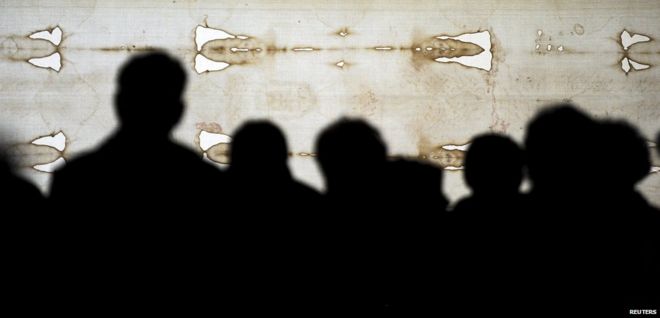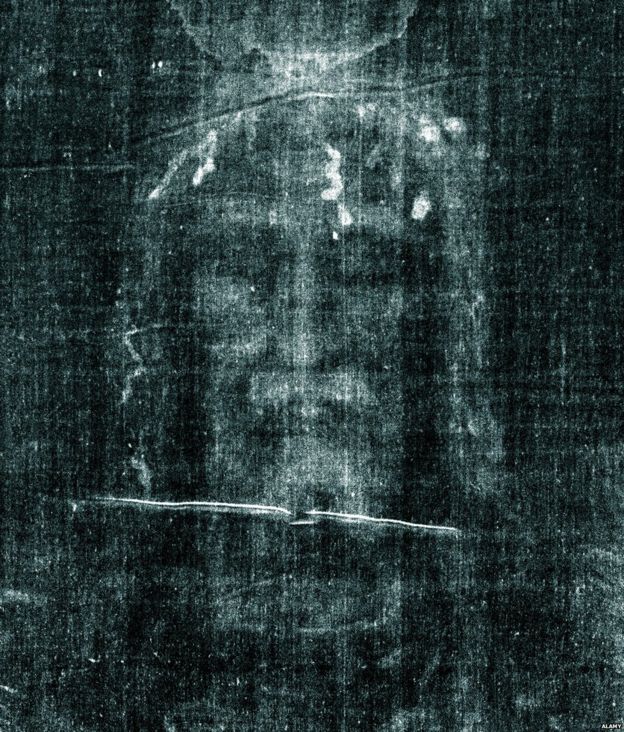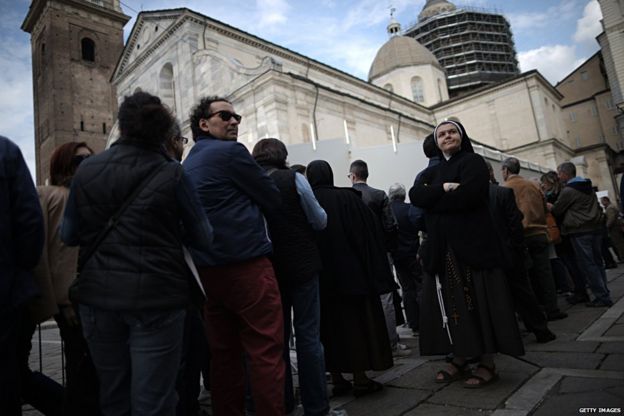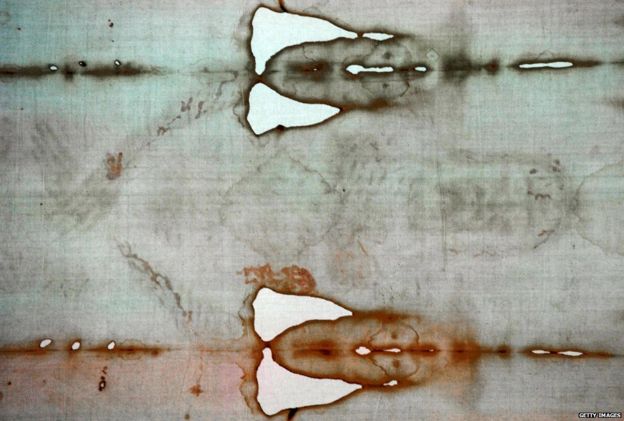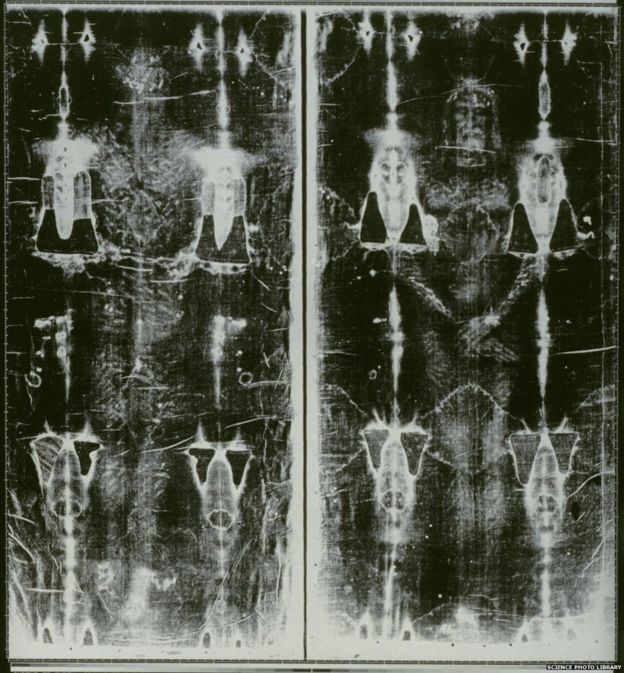Jeb Bush Describes His Conversion to Catholicism
Presidential hopeful discusses how a public official can act on his faith
Former Florida Gov. Jeb Bush let a gathering of evangelical activists in on the journey he took in becoming a Catholic, and while he used terms that may not be common among Catholics, his reasons will no doubt find resonance in many others who have "swum the Tiber."
June 23, 2015
 World Affairs Council-cc
World Affairs Council-cc
Former Florida Gov. Jeb Bush let a gathering of evangelical activists in on the journey he took in becoming a Catholic, and while he used terms that may not be common among Catholics, his reasons will no doubt find resonance with many others who have "swum the Tiber."
In his talk at the Faith and Freedom Coalition convention in Washington, DC, the Republican presidential candidate focused on following his wife into the Church and the "comfort" that his faith gives him.
“I converted to the Catholic Church—Christ came into my life a little earlier, but I converted to being Catholic in honor of my wife and because I believe in the blessed sacraments and they give me great comfort,” he said at the beginning of his speech. “On Easter Sabbath of 1995, I had lost an election in 1994 and found a total serenity and solace in the RCIA class, and converted to being a Catholic and it’s been an organizing part of my architecture, if you will, as a person and certainly as an elected official.”
Catholics normally refer to the Eucharist as the "Blessed Sacrament," but the other six simply as "sacraments," not "blessed sacraments." It's not clear that "Easter Sabbath" refers to Easter itself, the Easter Vigil (Holy Saturday) or the Saturday after Easter (Easter Saturday), but many adults who come into the Church do so at the Easter Vigil Mass on the eve of Easter.
RCIA stands for Rite of Christian Initiation of Adults, the process by which those seeking to enter the Church prepare for Baptism and/or Confirmation and Eucharist.
Bush, the son and brother, respectively, of former presidents George H.W. Bush and George W. Bush told the gathering of falling in love "at first sight" with a 16-year-old Mexican girl, Columba Garnica de Gallo, when he was a 17-year-old exchange student near Leon, Mexico. The couple married four years later, and Bush was affected by his wife's Catholicism.
Their son, Geoge P. Bush, said during his father's presidential campaign launch event last week that Bush started going to Mass with Columba soon after they met.
To say that his Catholicism has been an "organizing part of my architecture" speaks to the question that he took up in the speech—whether a person's religion can inform his decisions in public life.
"How strange in our time today to hear that our faith and our moral traditions spoken as some kind of a backwards or oppressive force when in fact it is really the moral foundation of our country, the greatest country on the face of the earth," he said. "It has also been, I think, in many ways, if we're objective about this and take a step back, the greatest force for good in the world, the greatest force that has ever been known in the world. Feeding the hungry, healing the sick, welcoming the stranger, these are the tenets of our faith. If we act on our faith each and every day we'll create a more just, a more loving world. The instinct to do these things didn't come from nowhere. They came from our religious tradition. We must stand together to protect those freedoms that are so sacred and so important for a free society."
He said that as governor of Florida from 1999-2007, he "insisted that we build a culture of life, from beginning to end. It was one of the guiding principles... We took special care for the most vulnerable in our society because I do believe, I honestly believe, that as a conservative that believes in limited government, we need to put the most vulnerable in our society first... because they're of value, they're of, as much value as everybody else."
He said that he led efforts to pass a constitutional amendment requiring parental notice for abortions and to pass health and safety regulations on abortion clinics; signed into law a partial-birth abortion ban and a parental notification bill, and pushed for state funding for crisis pregnancy centers.
In his talk at the Faith and Freedom Coalition convention in Washington, DC, the Republican presidential candidate focused on following his wife into the Church and the "comfort" that his faith gives him.
“I converted to the Catholic Church—Christ came into my life a little earlier, but I converted to being Catholic in honor of my wife and because I believe in the blessed sacraments and they give me great comfort,” he said at the beginning of his speech. “On Easter Sabbath of 1995, I had lost an election in 1994 and found a total serenity and solace in the RCIA class, and converted to being a Catholic and it’s been an organizing part of my architecture, if you will, as a person and certainly as an elected official.”
Catholics normally refer to the Eucharist as the "Blessed Sacrament," but the other six simply as "sacraments," not "blessed sacraments." It's not clear that "Easter Sabbath" refers to Easter itself, the Easter Vigil (Holy Saturday) or the Saturday after Easter (Easter Saturday), but many adults who come into the Church do so at the Easter Vigil Mass on the eve of Easter.
RCIA stands for Rite of Christian Initiation of Adults, the process by which those seeking to enter the Church prepare for Baptism and/or Confirmation and Eucharist.
Bush, the son and brother, respectively, of former presidents George H.W. Bush and George W. Bush told the gathering of falling in love "at first sight" with a 16-year-old Mexican girl, Columba Garnica de Gallo, when he was a 17-year-old exchange student near Leon, Mexico. The couple married four years later, and Bush was affected by his wife's Catholicism.
Their son, Geoge P. Bush, said during his father's presidential campaign launch event last week that Bush started going to Mass with Columba soon after they met.
To say that his Catholicism has been an "organizing part of my architecture" speaks to the question that he took up in the speech—whether a person's religion can inform his decisions in public life.
"How strange in our time today to hear that our faith and our moral traditions spoken as some kind of a backwards or oppressive force when in fact it is really the moral foundation of our country, the greatest country on the face of the earth," he said. "It has also been, I think, in many ways, if we're objective about this and take a step back, the greatest force for good in the world, the greatest force that has ever been known in the world. Feeding the hungry, healing the sick, welcoming the stranger, these are the tenets of our faith. If we act on our faith each and every day we'll create a more just, a more loving world. The instinct to do these things didn't come from nowhere. They came from our religious tradition. We must stand together to protect those freedoms that are so sacred and so important for a free society."
He said that as governor of Florida from 1999-2007, he "insisted that we build a culture of life, from beginning to end. It was one of the guiding principles... We took special care for the most vulnerable in our society because I do believe, I honestly believe, that as a conservative that believes in limited government, we need to put the most vulnerable in our society first... because they're of value, they're of, as much value as everybody else."
He said that he led efforts to pass a constitutional amendment requiring parental notice for abortions and to pass health and safety regulations on abortion clinics; signed into law a partial-birth abortion ban and a parental notification bill, and pushed for state funding for crisis pregnancy centers.
Bush said that in addition to beginning-of-life issues, "we better start focusing [on] the end-of-life issues as well. He said he intervened on behalf of Terri Schiavo, the incapacitated woman who faced euthanasia at the direction of her husband.
He lamented that religious freedom is "under attack in ways we have never seen before, whether it is the Obama administration or just the general culture. ... There seems to be attitude when the prevailing government policies runs headlongs into the views of the faithful, the faithful must yield. I'm reminded what [former Secretary of State Hillary] Clinton said, when people that have religious beliefs, they run into conflict with a woman's right to choose for example, that the people that have religious conscience have to get over it, have to take a step back. Well, in a big diverse country we need to make sure we protect not the right of having religious views but the right of acting on those views."
"This conscience should also been respected when people of faith want to take a stand for traditional marriage in a country like ours," he continued. "We should recognize the power of man and a woman, loving their children with their, all their heart and soul as a good thing, as something that is positive and helpful for those children to live a successful life. And while there are people that disagree with this, we should not push aside those that do believe in traditional marriage. I for one believe it is important and I think it has to be important over the long haul irrespective what courts say."
He lamented that religious freedom is "under attack in ways we have never seen before, whether it is the Obama administration or just the general culture. ... There seems to be attitude when the prevailing government policies runs headlongs into the views of the faithful, the faithful must yield. I'm reminded what [former Secretary of State Hillary] Clinton said, when people that have religious beliefs, they run into conflict with a woman's right to choose for example, that the people that have religious conscience have to get over it, have to take a step back. Well, in a big diverse country we need to make sure we protect not the right of having religious views but the right of acting on those views."
"This conscience should also been respected when people of faith want to take a stand for traditional marriage in a country like ours," he continued. "We should recognize the power of man and a woman, loving their children with their, all their heart and soul as a good thing, as something that is positive and helpful for those children to live a successful life. And while there are people that disagree with this, we should not push aside those that do believe in traditional marriage. I for one believe it is important and I think it has to be important over the long haul irrespective what courts say."
 Edward Pentin
Edward Pentin 






